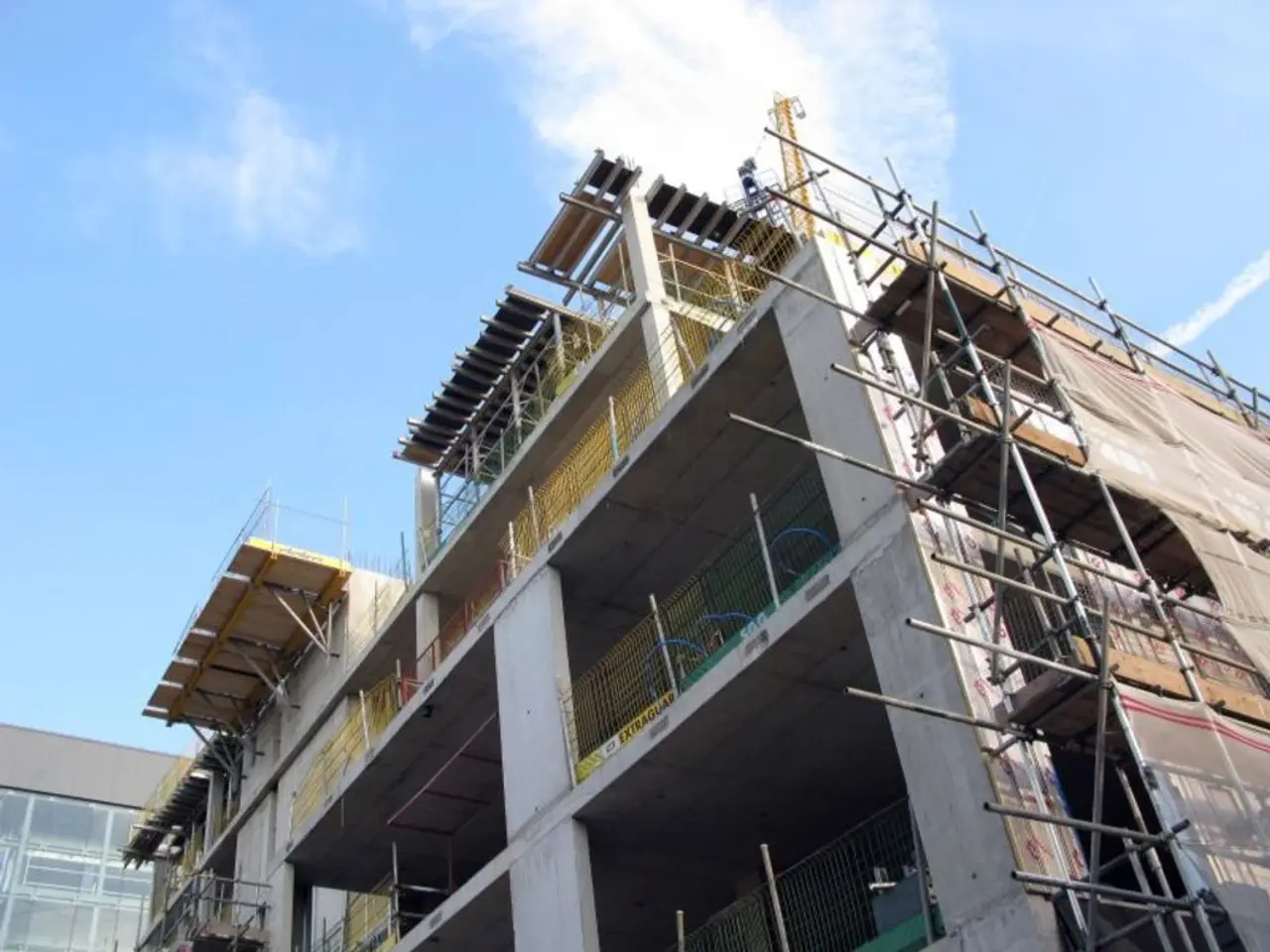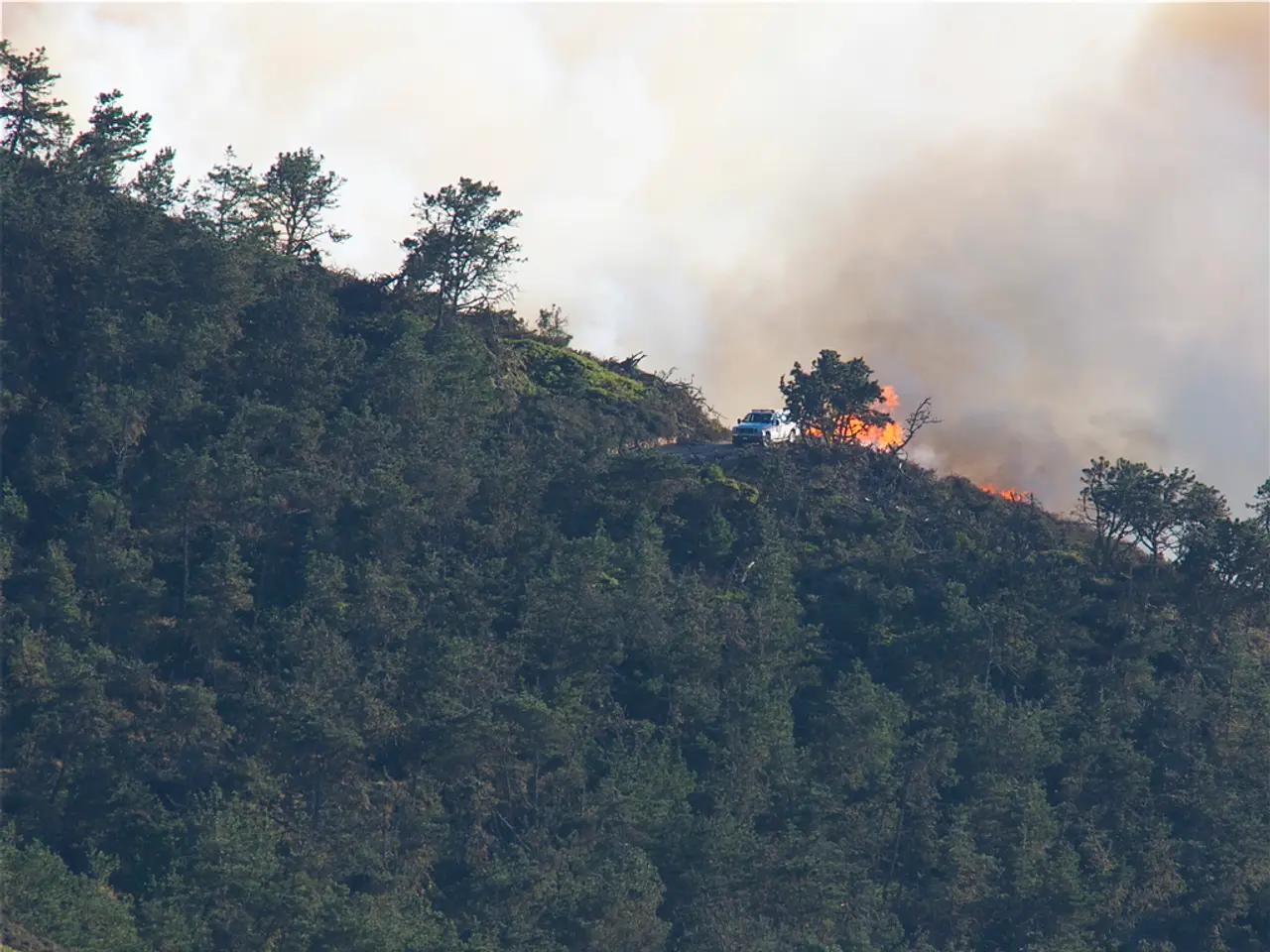Flood alerts enacted across 33 provinces
Thailand is currently under an urgent weather alert due to heavy monsoon rains intensified by Tropical Storm Danas and a prevailing southwest monsoon, affecting 33 provinces across the country[2][3].
### Current Conditions
Heavy to very heavy rainfall is forecast nationwide, with particular intensity in northern, northeastern, and eastern regions. These areas face high risks of flash floods, runoff, and landslides[1][2]. The Mekong River’s rising water levels are aggravating flood risks in many provinces, adding to concerns of widespread flooding and landslides[2].
Tropical Storm Danas, located in the northern South China Sea, is not directly hitting Thailand but is strengthening the monsoon winds, thus increasing rainfall and flood potential[1][3]. Mariners should be cautious as waves in the upper Andaman Sea are expected to reach or exceed 2 meters, with stormy conditions making navigation hazardous[1].
### Provinces and Regions Affected
The alert applies to provinces in the Northern, Northeastern, Eastern, and Southern regions. High water levels in medium and small reservoirs—exceeding 80% capacity—are noted in provinces including Lampang, Nan, Phitsanulok, Saraburi, Sakon Nakhon, Udon Thani, Chaiyaphum, Kalasin, Nakhon Phanom, Khon Kaen, Nakhon Ratchasima, Si Sa Ket, Ubon Ratchathani, Prachin Buri, Sa Kaeo, Chon Buri, Chanthaburi, Trat, Surat Thani, and Krabi[2].
The Department of Disaster Prevention and Mitigation has put 33 provinces on red alert to brace for potential flash floods and landslides[3].
### Safety Measures and Recommendations
Residents in flood- and landslide-prone areas are urged to stay vigilant, monitor official weather updates regularly, and prepare for possible emergency evacuation[2][3]. Avoid traveling through flood-affected or landslide-prone routes during this period[2].
Local authorities are adjusting water reservoirs to manage inflows and prevent overflow, and agencies are coordinating to issue timely warnings and risk assessments[2]. Mariners and those near coastal areas should avoid going out to sea during stormy weather and thunderstorms due to dangerous waves[1].
General precautions include securing property, having emergency supplies ready, and following instructions issued by disaster authorities[2][3].
### Additional Safety Measures
Provinces requiring close monitoring are Chiang Rai, Phayao, Nan, and Tak in the North; Loei, Nong Khai, Bueng Kan, Udon Thani, Sakon Nakhon, Nakhon Phanom, Yasothon, and Ubon Ratchathani in the Northeast; Chon Buri, Rayong, Chanthaburi, and Trat in the Central and Eastern region; and Surat Thani, Ranong, Phangnga, and Phuket in the South.
Natural tourist attractions such as waterfalls and caves may be temporarily closed if found to be at risk[4]. Emergency response teams and heavy machinery are being mobilized for rapid deployment in the event of a disaster[5].
The DDPM recommends downloading the Thai Disaster Alert mobile application or following the department’s official Facebook and LINE accounts for updates[6]. Residents in the affected areas are urged to stay informed by following official announcements, weather forecasts, and alerts issued by local authorities[7].
Several reservoirs, particularly those in Sakon Nakhon, Kalasin, and Trat provinces, are currently exceeding 80% capacity and require immediate water discharge to prevent overflow[8]. Water bodies Kwan Phayao in Phayao, Nong Han in Sakon Nakhon, and Nong Kut Ting in Bueng Kan are under watch[9].
The alert follows forecasts from the National Water Resources Office which predicted heavy to very heavy rainfall in many regions[10]. Authorities are monitoring rising water levels in low-lying areas and along the Ing and Sai rivers in Chiang Rai[11].
Phasakorn Boonyalak, the director-general of the DDPM, confirmed these forecasts[12]. The DDPM has called for a coordinated response, emphasizing early warning systems for communities, reinforcement of flood barriers, and removal of blockages from waterways[13].
In summary, the weather situation in Thailand from July 6 to 12 is critical due to heavy monsoon rains intensified by Tropical Storm Danas and elevated river levels. The public in the 33 provinces affected should actively follow updates and adhere strictly to safety advisories to mitigate harm from floods and landslides[1][2][3]. Provincial offices have been instructed to expedite reservoir inspections and release excess water where necessary. Those in need of emergency assistance can contact the DDPM's 24-hour hotline at 1784 or report incidents via the LINE account @1784DDPM.
- Given the intensity of the monsoon rains, increased by Tropical Storm Danas and the Southwest monsoon, the environmental sciencefield, specifically meteorology, plays a crucial role in predicting and monitoring the weather conditions in Thailand.
- In the context of the flooding and landslides in Thailand, understanding the impact of heavy rainfall on the environment, as part of the field of environmental science, is essential for implementing safety measures and mitigation strategies to protect both lives and property.








